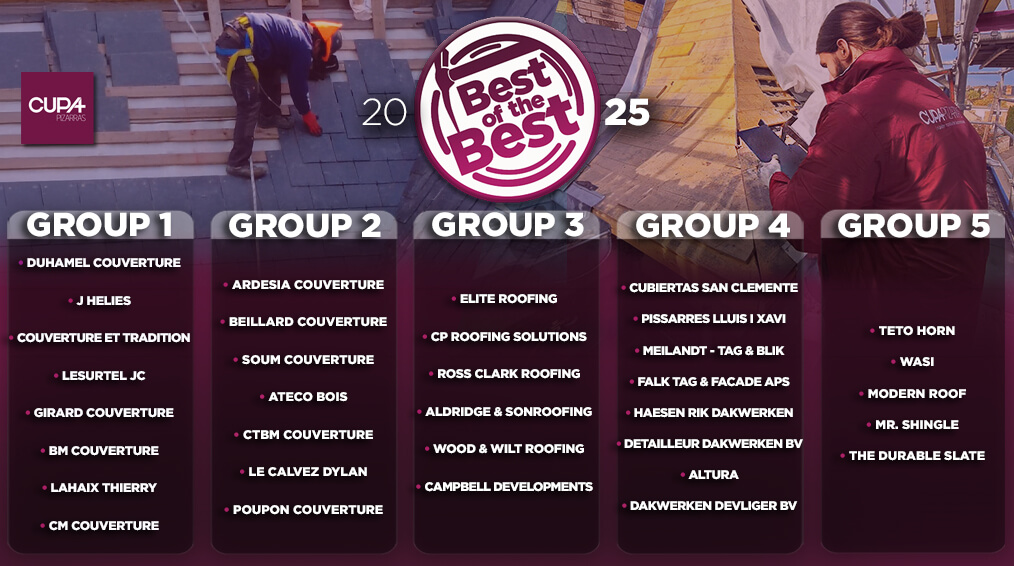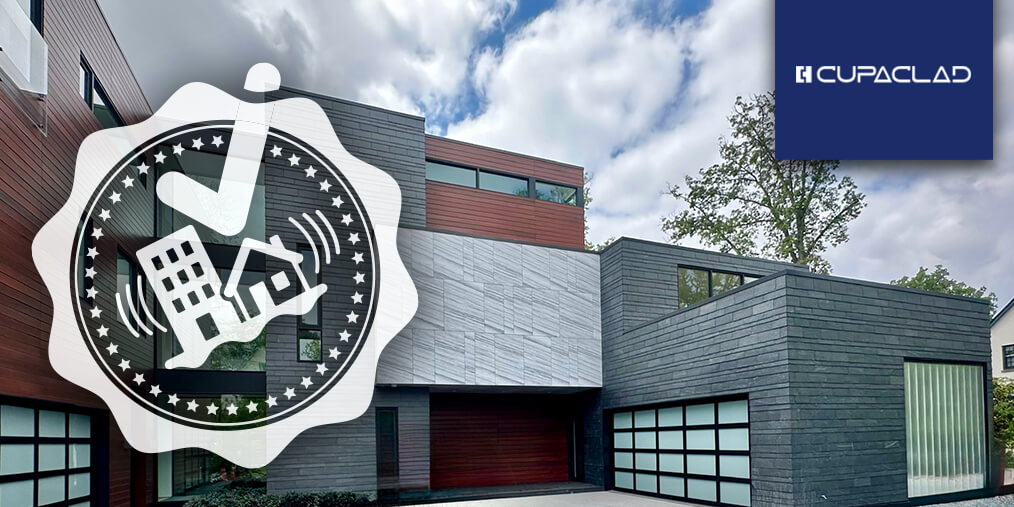5 Reasons to Choose Slate Even in Warm Climates
When we think of natural slate, it’s common to associate it with pitched roofs in rainy or cold regions of Northern Europe. However, this image doesn’t reflect its full potential. Slate is not only for cold climates, it’s also an excellent choice for homes in these hotter temperatures we have been experiencing and also coastal areas.
Natural slate proves that it knows no borders or climates, wherever the sun shines, architects choose it for its timeless beauty, freshness, and ability to transform any space into an elegant and sustainable retreat.
Natural Thermal Comfort
Slate acts as a barrier against external heat thanks to its low thermal conductivity. This means that, unlike other materials, it doesn’t easily transmit heat into the building.
The result: cooler homes in summer without relying as much on air conditioning. A natural solution for real comfort.
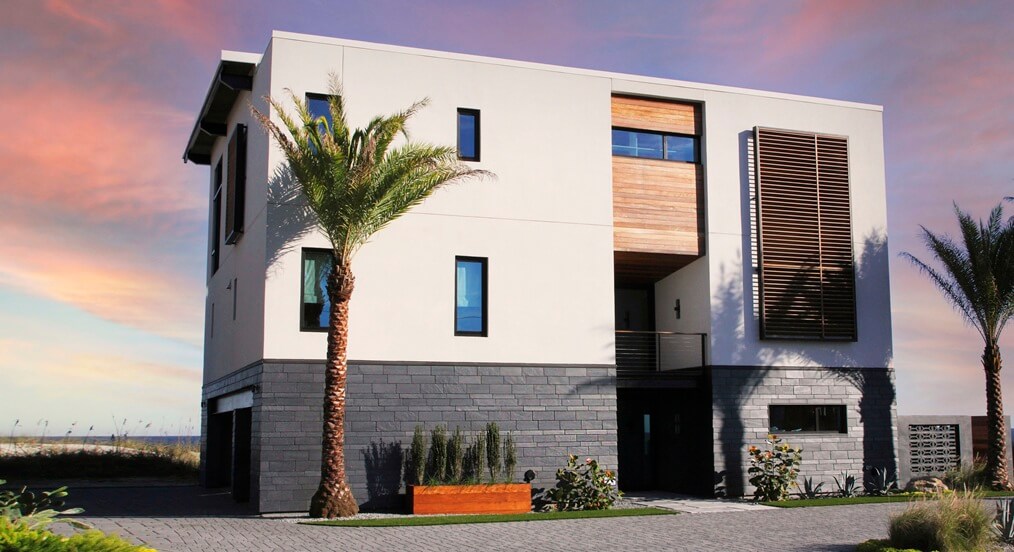
Resistance to Sun and High Temperatures
High temperatures and constant sun exposure degrade many materials over time. Natural slate, on the other hand, doesn’t warp, fade, or lose its properties even after decades of exposure.
It doesn’t expand or crack, making it a safe investment for regions with extreme summers.
Perfect for Humid or Coastal Environments
In addition to resisting heat, slate is naturally waterproof and highly resistant to salt in coastal air. That’s why it’s ideal for beach houses or properties exposed to constant sea breezes.
Many hotels and vacation homes along the Mediterranean coast already integrate it into their roofs and façades.
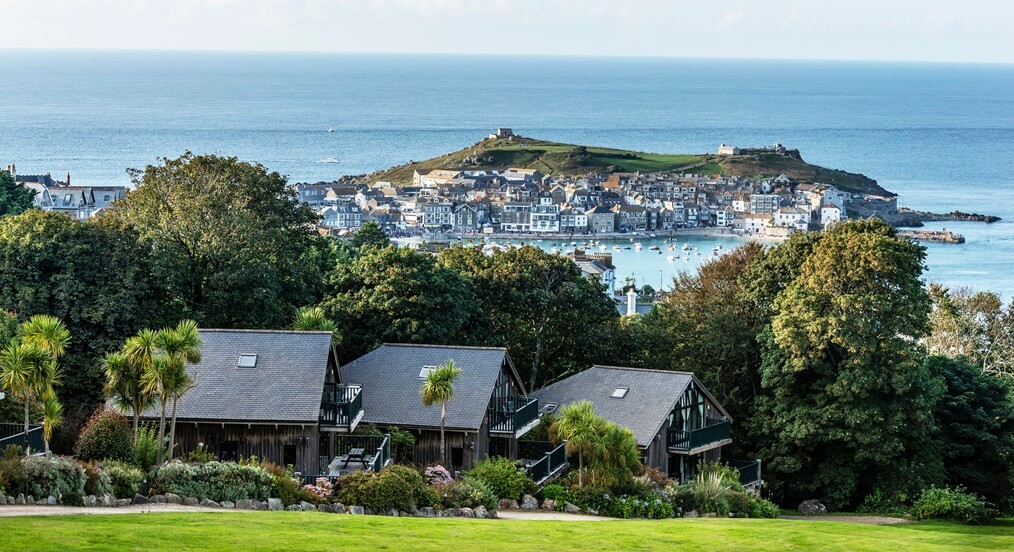
Aesthetic Versatility in Sunny Environments
The distinctive sheen of natural slate also remains constant throughout its life cycle. Compared to natural slate, other roofing materials ‘ sheen can decrease up to eight times superior, noticeable to even an unexperienced eye. This means that true natural offers that unique glisten in the sunlight on those bright days.

Sustainability in Summer Too
Using natural, durable materials like slate helps reduce the environmental impact of construction. With its very low carbon footprint, long lifespan, and ability to enhance a building’s energy performance, slate plays a key role in sustainable architecture.
It’s a choice that combines environmental responsibility with timeless beauty.
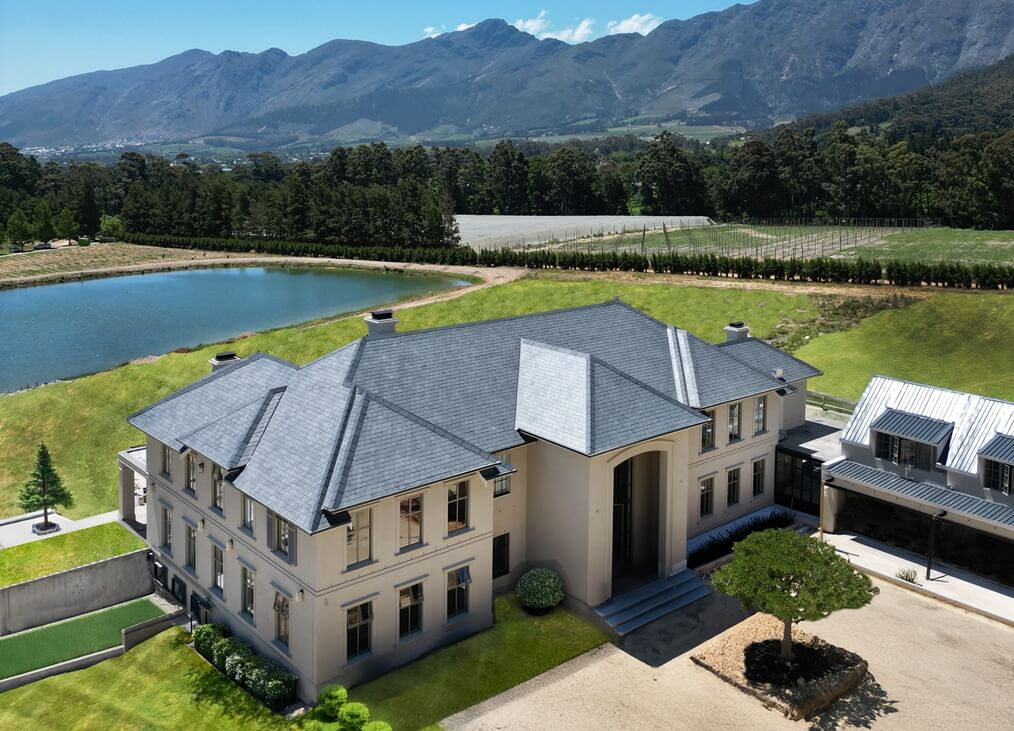
More and more projects in warm climates are proving that slate not only withstands the heat, but actually outperforms many conventional materials. Its durability, freshness, and natural beauty make it the perfect ally for enjoying summer in style, without the heat.
Looking for inspiration? Discover real examples of natural slate projects in warm climates here.

